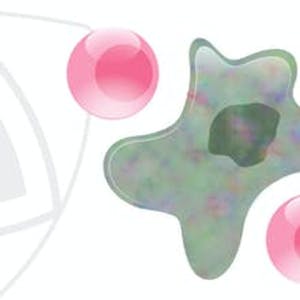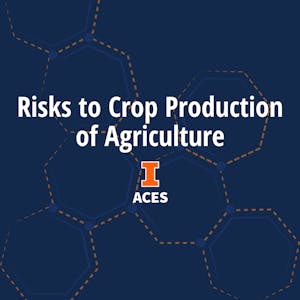Population, Food, and Soil
About this Course
This course explores the population-environment relationship. In this course, you will learn about the human population and the ways in which changes in the population affect the environment. Agriculture, soils, and the environmental implications of eating meat, vegetables, local, organic, sustainable, industrial, and other types of food are discussed too. We explore questions such as: 1. How many people live on Earth right now? 2. What is the carrying capacity of Earth? 3. What is the relationship between the number of people, where they live, the resources they consume, and their environmental impact? 4. What types of agriculture are used right now? 5. What is the difference between organic and conventional agriculture? 6. Why would you want to dig a soil pit? A conversation with Phil Connors, an Australian Environmental Scientist, will explore the topic of human population and sustainability. You will also listen to the conversations with Danielle Allen, an organic farmer, and Justin Richardson, a soil scientist.Created by: Dartmouth College

Related Online Courses
The healthcare system is a rapidly evolving field with new research leading to advancements in medicine. Developed at Johns Hopkins University and led by top-ranked Hopkins faculty and cancer... more
This final course in the specialization provides an introduction on types of the construction projects as well as the main concern of the productivity challenge in the construction industry.... more
Learners will be able to describe the crop production cycles of agriculture for annual and permanent crops, explain the financial characteristics and risks of food production, discuss the various... more
This course introduces learners to the analysis of binary/dichotomous outcomes. Learners will become familiar with fundamental tests for two-group comparisons and statistical inference plus... more
Engineering courses often focus on technical skills and processes, leaving students with few examples of how to apply these skills in the real world. With \"Introduction to Socially Engaged... more







